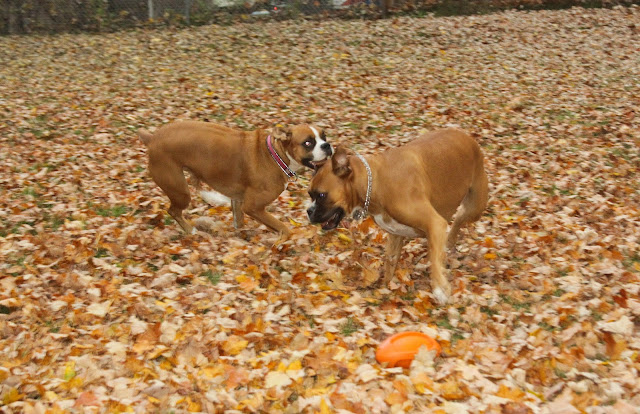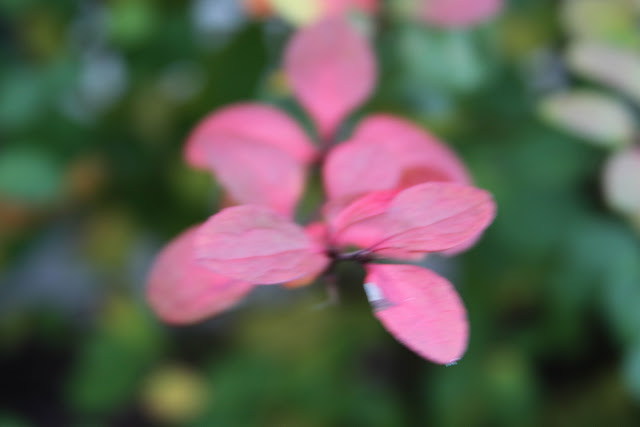So, first off, let me begin by saying I’ve grown to really
dislike my in camera flash. I’ve
been researching external flashes for a while now and have seen the many
benefits you could have by using them.
Their rotating heads that allow you to bounce light from place to place
so as not to create a fully blown out photo because of the flash are a huge benefit. Their flash covers that allow you
to soften the light that projects onto your subject are also very beneficial. Also, if you have an in-camera flash and a longer lens, the
flash can project onto the lens creating a black shadowy outline at the bottom
of your photograph. What I’ve also
learned is that I really love using natural light when it comes to
photographing, pretty much anything.
I’m blaming it mostly on the fact that I haven’t completely learned how
to control my in-camera
flash. In many scenarios however,
flash can take away from the photograph.
For example in nature photography, the last thing I would want to do is
use my flash because I’m trying to create a natural, believable scene. Ever tried to photograph flowers with
flash? It takes the details right
out of them in my experience and creates an unnatural color and shadow behind
them. I seem to only revert to
flash when I'm taking photographs of people, but at the same time, you can’t
control your in-camera flash the way you can an external so you have to be
careful how close you are to your subjects.
For this assignment, I experimented by taking photos of my dogs outside. At first I shot them using natural light and then added the flash. The flash really did brighten the photographs in a way that differed from my natural light photos. One thing I dislike however, when using flash to shoot animals: is the fact that their eyes always reflect. I know you can fix this with Photoshop, but oftentimes there is a glow around their eyes that can also distort the photo. For this reason, I couldn't bring myself to post these photos right away as I believed I could do better. I find that I like flash best when it comes to portraits. Sadly the only models I have at the moment are my dogs...so here goes.
For this assignment, I experimented by taking photos of my dogs outside. At first I shot them using natural light and then added the flash. The flash really did brighten the photographs in a way that differed from my natural light photos. One thing I dislike however, when using flash to shoot animals: is the fact that their eyes always reflect. I know you can fix this with Photoshop, but oftentimes there is a glow around their eyes that can also distort the photo. For this reason, I couldn't bring myself to post these photos right away as I believed I could do better. I find that I like flash best when it comes to portraits. Sadly the only models I have at the moment are my dogs...so here goes.
 |
| Diffuse Flash Photo |
 |
| Get In Close |
 |
| Slow Sync Flash |
In real life situations, flash has helped me fill in harsh shadows from direct sunlight for example here: This is my sister and her two little boys, using my in-camera flash really did help me when photographing them and I know I would not have had the same results had I used only natural light.


































